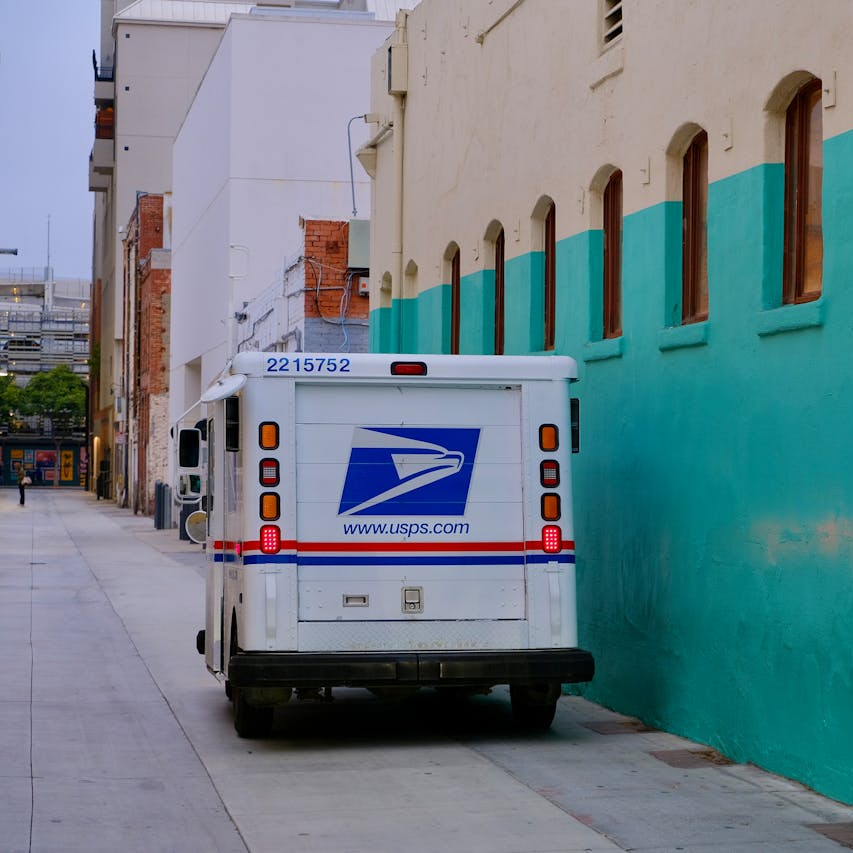Key Takeaways
-
If you are a Postal Service retiree or annuitant eligible for Medicare in 2025, skipping Medicare Part B could lead to automatic loss of your prescription drug coverage under the new PSHB program.
-
Only specific groups are exempt from the Part B requirement. If you don’t qualify for one of these exemptions, opting out of Part B could mean losing key health benefits.
The Shift from FEHB to PSHB
In 2025, Postal Service Health Benefits (PSHB) replaces FEHB for Postal Service employees and annuitants. While many features remain similar, one of the biggest changes affects retirees who are also eligible for Medicare. Unlike FEHB, which did not require Medicare Part B enrollment, PSHB now mandates it for most Medicare-eligible annuitants.
- Also Read: Ready for Retirement? Here’s How Law Enforcement Officers Can Leave the Job with Benefits Intact
- Also Read: FAA, Law Enforcement, and Special Federal Employee Categories—Here’s What Makes Their Retirement Unique
- Also Read: Blending Private and Public Sector Retirement Plans Is Complicated—Here’s Where Couples Get It Wrong
Medicare Part B and PSHB: The New Requirement
Under the PSHB program, Medicare-eligible annuitants must be enrolled in both Medicare Part A and Part B to retain full access to drug coverage. This requirement started taking effect on January 1, 2025, and applies to:
-
All Medicare-eligible annuitants and their covered family members
-
Individuals turning 65 on or after January 1, 2025
-
Existing Medicare-eligible retirees who were not already enrolled in Part B but do not fall under an exemption
What Happens If You Skip Part B
If you do not enroll in Medicare Part B, the consequences extend beyond your medical coverage. You risk losing drug coverage under your PSHB plan entirely. PSHB plans integrate prescription benefits through a Medicare Part D Employer Group Waiver Plan (EGWP). Opting out of Part B disqualifies you from this integrated drug benefit, even if you retain Part A.
Here’s what that means for you:
-
Your PSHB plan will no longer cover your prescriptions
-
You cannot get a standalone Part D plan to replace it unless you re-enroll in Medicare Part B and are granted a Special Enrollment Period
-
You may face lifelong late enrollment penalties when re-enrolling in Part B later
Exceptions to the Rule
Not all annuitants are required to enroll in Medicare Part B under PSHB. You may be exempt if:
-
You retired on or before January 1, 2025, and were not enrolled in Part B as of that date
-
You were an active Postal Service employee aged 64 or older on January 1, 2025
-
You reside permanently overseas
-
You receive medical coverage through the Department of Veterans Affairs or Indian Health Services
These are narrow exceptions. If you’re unsure whether you qualify, it’s best to confirm with OPM or speak with a licensed agent to avoid permanent loss of benefits.
The Timeline: Enrollment and Penalties
Medicare Part B enrollment typically begins three months before your 65th birthday and ends three months after (a 7-month window). If you miss that window and don’t qualify for a Special Enrollment Period (SEP), you may need to wait until the next General Enrollment Period (January 1 to March 31 each year), with coverage beginning in July.
Late enrollment also brings a permanent penalty: your monthly Part B premium increases by 10% for each 12-month period you delayed enrollment.
This penalty stacks year over year, so if you delay enrollment for three years, your Part B premium will be 30% higher—for life.
Prescription Drug Benefits Are Tied to Part B
In 2025, PSHB plans offer prescription drug benefits only through integrated Medicare Part D Employer Group Waiver Plans. These plans are tightly connected to your Medicare Part B enrollment.
If you are not enrolled in Part B:
-
The EGWP will not activate
-
Your plan will not provide drug coverage
-
You may lose access to formularies, copay caps, and network pharmacies
Additionally, you cannot simply opt out of the EGWP and expect your PSHB plan to provide an alternative prescription drug plan. There is none. Losing drug coverage in this way can drastically increase your out-of-pocket costs.
Can You Re-Join Later?
Yes, but there are limitations:
-
You must wait for the General Enrollment Period unless you qualify for a Special Enrollment Period
-
You’ll pay late enrollment penalties
-
Rejoining doesn’t guarantee reinstatement of your PSHB drug benefits unless the timing aligns
Once you opt out of Part B and lose drug coverage, rejoining is a slow and costly process that often cannot restore your full benefits.
Costs You Need to Consider
While some retirees hesitate to enroll in Medicare Part B because of its monthly premium ($185 in 2025), the financial consequences of skipping it are often greater. Consider the following:
-
Prescription drugs can cost thousands annually without Part D
-
Penalties for late Part B enrollment are permanent
-
Loss of coordinated care can increase your risk of higher healthcare spending due to coverage gaps
In most cases, the cost of paying the Part B premium is outweighed by the coverage and peace of mind it provides—especially under PSHB.
Coordination of Benefits: Why Part B Matters More Now
With PSHB’s Medicare integration in 2025, the coordination of benefits becomes more streamlined when you have both Part A and Part B. This allows your PSHB plan to act as a secondary payer, reducing your overall out-of-pocket expenses.
Benefits of having both include:
-
Waived or reduced deductibles
-
Lower copayments and coinsurance
-
Access to expanded pharmacy networks
-
Preventive services with no cost-sharing
Without Part B, you lose this layered structure, which can dramatically increase what you pay out of pocket for the same care.
Misconceptions About FEHB vs. PSHB Drug Coverage
Many retirees assume PSHB will work just like FEHB did before 2025. That’s no longer the case. Under FEHB, retirees could skip Medicare Part B and still retain full prescription drug coverage. Under PSHB, this is not possible.
That means:
-
Past strategies may no longer apply
-
Advice that was correct in 2024 could be incorrect in 2025
-
Assuming you’re “covered anyway” is a mistake that could cost you dearly
What You Need to Do Now
If you’re already 65 or turning 65 in 2025:
-
Confirm whether you’re required to enroll in Medicare Part B under PSHB
-
Review your enrollment window to avoid penalties
-
Factor in the Part B premium as part of your retirement health budget
-
Consider setting up a consultation with a licensed agent to evaluate your eligibility and coverage needs
If you’re already enrolled in Part B, no further action is needed. But if you’re unsure or considering opting out, think very carefully about the long-term effects.
Planning Around Medicare and PSHB Requirements
To preserve your prescription drug coverage and avoid unexpected costs:
-
Treat Medicare Part B as a non-negotiable component of your PSHB benefits
-
Set reminders to enroll during your Initial Enrollment Period
-
Understand your exemption status, if applicable
-
Stay informed on any updates from OPM or your plan
PSHB is still evolving, and future years may bring additional adjustments. But the 2025 rules are clear: Medicare Part B is essential for accessing drug coverage.
Protecting Your Drug Coverage Under PSHB Starts with One Decision
Skipping Medicare Part B might save you a monthly premium today, but it puts your entire drug coverage at risk under PSHB. That’s a high price to pay later—especially when re-enrollment is difficult and expensive.
Your best move? Treat Medicare Part B enrollment as a crucial piece of your retirement healthcare strategy. If you’re uncertain about your situation, speak with a licensed agent listed on this website for tailored guidance.












